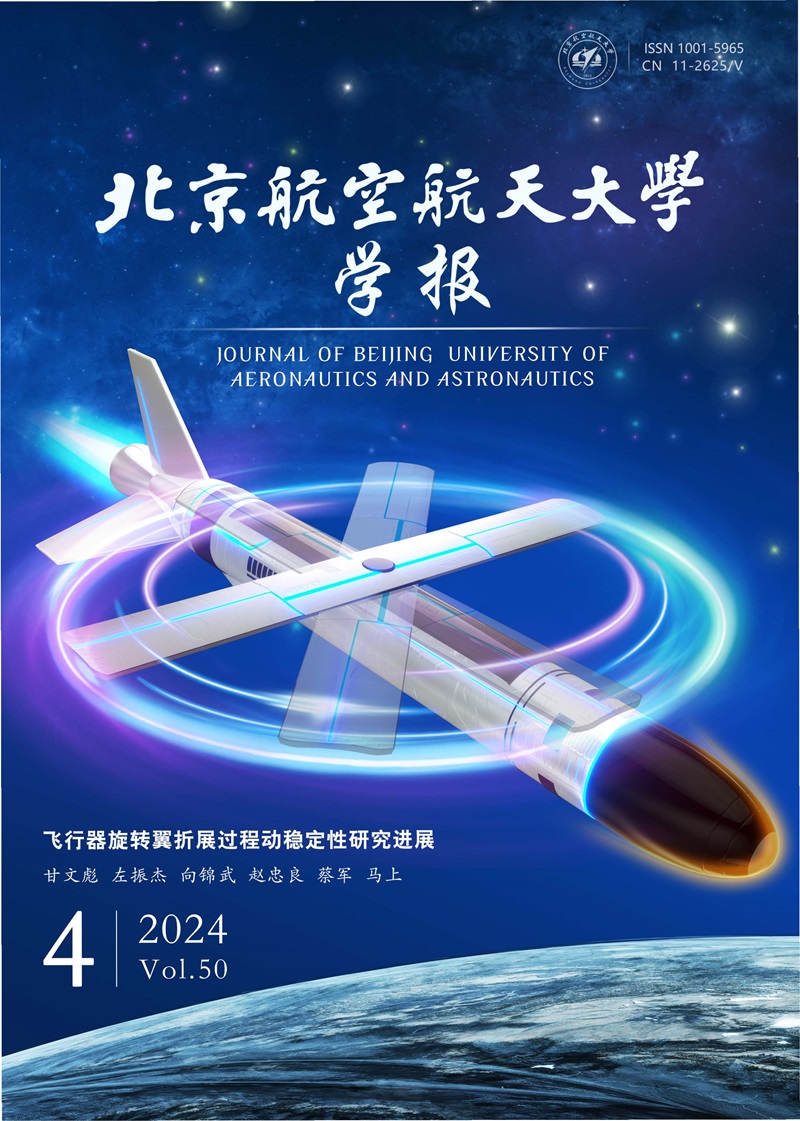2005 Vol. 31, No. 04
2005, 31(04): 407-411.
Abstract:
2005, 31(04): 451-454.
Abstract:
2005, 31(04): 455-458.
Abstract:
2005, 31(04): 468-471.
Abstract:
2005, 31(04): 472-476.
Abstract:
2005, 31(04): 481-484.
Abstract:







 XML Online Production Platform
XML Online Production Platform

